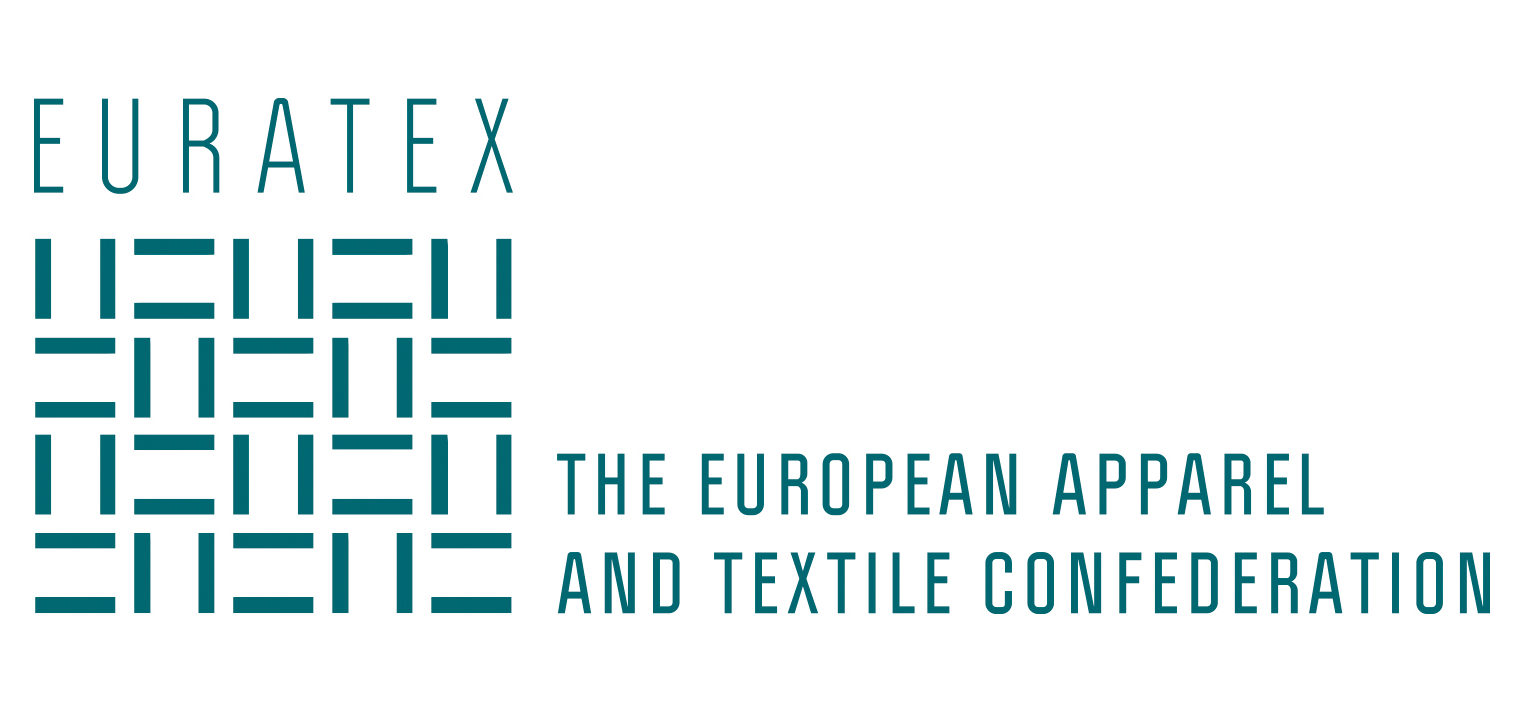
EURATEX has submitted its response to the European Commission’s consultation on the European Data Union Strategy, outlining how the initiative can drive innovation, cut red tape, and strengthen the competitiveness of Europe’s textile and clothing industry.
Representing a sector made up largely of SMEs in complex global value chains, EURATEX stresses that while the industry generates vast amounts of valuable data, much of it remains fragmented, underused, or locked in proprietary systems. Current EU rules, such as the ESPR and CSRD, introduce important digital requirements but also add complexity, leading to overlapping and inconsistent reporting obligations for SMEs.
In its consultation response, EURATEX calls for the strategy to:
- Streamline reporting by aligning requirements across different legislations.
- Develop horizontal tools with common formats, modular taxonomies, and interoperable reporting systems.
- Build on initiatives like the Digital Product Passport and Data Spaces while ensuring regulatory coherence.
- Close the gap in SME access to data infrastructure such as AI factories, EuroHPC, and domain-specific data pools.
- Adapt data-sharing frameworks to SME realities, avoiding disproportionate legal or technical burdens.
- Safeguard lawful international data flows, ensuring alignment with trade, industrial, and standardisation policies.
EURATEX underlines that the Data Union must support the real economy, making frameworks operational, legally sound, and accessible to all sectors — not just large tech platforms. Reducing fragmentation, simplifying obligations, and providing the right infrastructure will enable SMEs to invest in data capabilities, adopt digital solutions, and innovate towards sustainability and competitiveness.
